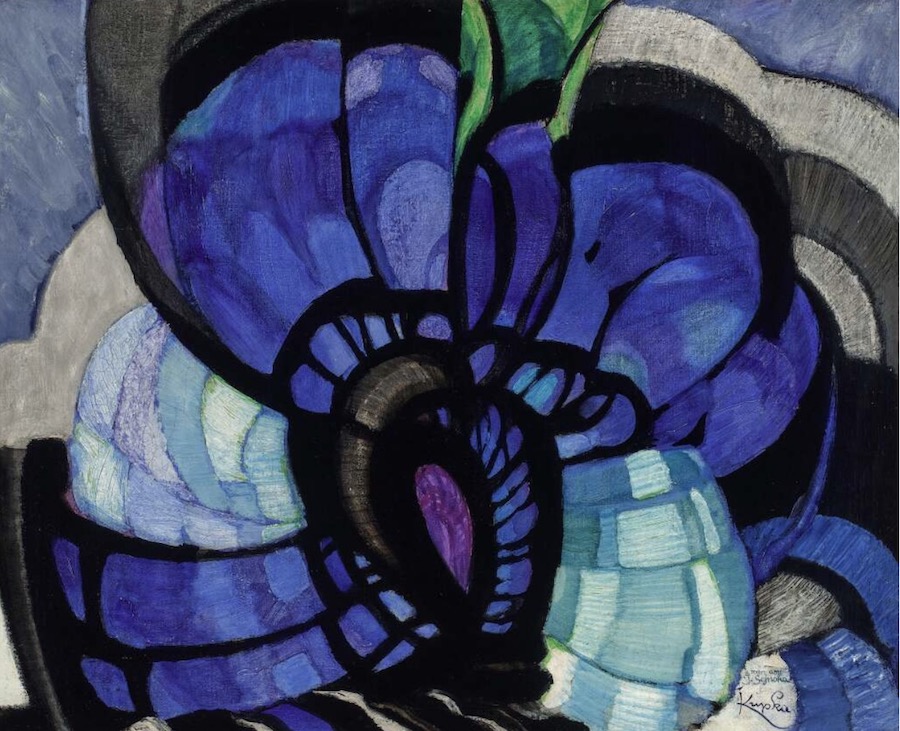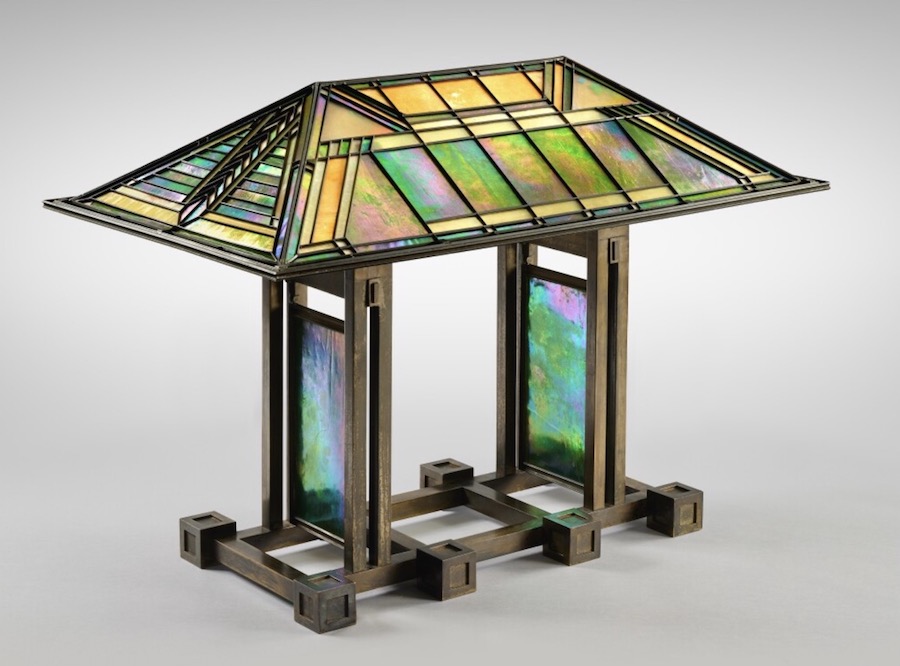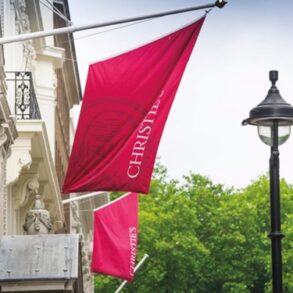On Tuesday, Sotheby’s New York Modern evening sale brought in 152m (152 million (186.4 million with fees), falling short of its pre-sale estimate of 170.3 million to 248.7 million. The lacklustre performance underscored the fragility of even blue-chip artists in an uncertain market.
The evening’s star lot— Top Photo: Alberto Giacometti’s painted bronze bust of his brother Diego, Grande tête mince (1954-55)—failed to sell after bidding stalled at 64m, well below its 70 million+ estimate. The work, exhibited at the 1956 Venice Biennale, had been consigned by The Soloviev Foundation, the nonprofit arm of Stefan Soloviev’s business empire. His father, the late real estate billionaire Sheldon Solow, acquired the sculpture in 1980 from Galerie Maeght in Paris.
Julien Dawes, Sotheby’s head of Modern and Impressionist art in the Americas, remarked: “Giacometti’s message has always been that fate rests on the edge of a knife-blade. Despite the interest and offers, it wasn’t its moment.”
A Mixed Performance
Before the sale began, four lots were withdrawn, including works by Winslow Homer (Bananas for the Attorney General, est. 1.5 –1.5m–2.5m), Wassily Kandinsky (Study for Improvisation 10, est. 6 –6m–8m), Cândido Portinari (Mulata de vestido branco, est. 800 –800k–1.2m), and Pierre-Auguste Renoir (Torse de femme nue couchée, est. 800 –800k–1.2m).
The auction opened strongly, with Jean Arp’s Figure-germe dite l’apres-midinette (1959) selling for 2.9 (2.9m(3.5m with fees), well above its 1.2 –1.2 m – 1.8 m estimate. Robert Delaunay’s Nature morte (1936) also outperformed, fetching 1.6 (1.6m(2m with fees) against a $1.5m high estimate.

František Kupka’s Flux et reflux (1923) sparked a four-way bidding war, selling for 4.8 (4.8m (5.9m with fees), while his Formes flasques (1919-25) underperformed at 4.3 (4.3m(5.2m with fees).
Highs and Lows for Major Names
Fernand Léger’s La Jeune fille au bouquet (1921) initially failed to sell at 4.3 4.3m but was later bought in for 3m (3.7 3.7m with fees), far below its 5 m–$7 m estimate.
René Magritte’s La Traversée Difficile (1963) fared better at 8.2 (8.2m(10m with fees), while Claude Monet’s Port-Coton, Le Lion (1886) fetched 5.3 (5.3m (6.5m with fees). Paul Signac’s Saint-Georges. Couchant (Venise) (1905-03) sold for 6.6 (6.6m (8.1m with fees).
Yet Henri Matisse’s Le Bras (1938) and works by Picasso, Edgar Degas, Pierre Soulages, and David Smith all went unsold. Andrew Wyeth’s Sparks (2001) also failed on its auction debut.

Record for Frank Lloyd Wright
A rare pedestal lamp by Frank Lloyd Wright became the evening’s surprise standout, selling for 6.1 (6.1m(7.5m with fees) after an 11-minute bidding war, doubling the architect’s previous auction record.
Willem de Kooning’s Two Figures in Dunes (1968) also soared, selling for 2.6 (2.6m(3.2m with fees)—15 times its 1993 auction price.
Market Realities
Of the 65 lots offered, 83% sold (excluding five withdrawals). Around 40% exceeded their high estimates, with 26 guaranteed and 24 backed by third parties.
Last year’s Sotheby’s Modern evening sale totalled 198.1 (198.1m(235.1m with fees), a stronger result in a softer market. But this week’s lukewarm reception for Giacometti confirms that even the most coveted names are not immune to economic pressures.
With collectors increasingly turning to private sales for discretion and flexibility, unsold works from this auction may yet find buyers behind closed doors.
Top Photo: Grande tête mince by Alberto Giacometti, Courtesy Sotheby’s
Tags
Modern Evening sale, results, Sotheby’s
This post was originally published on this site be sure to check out more of their content





